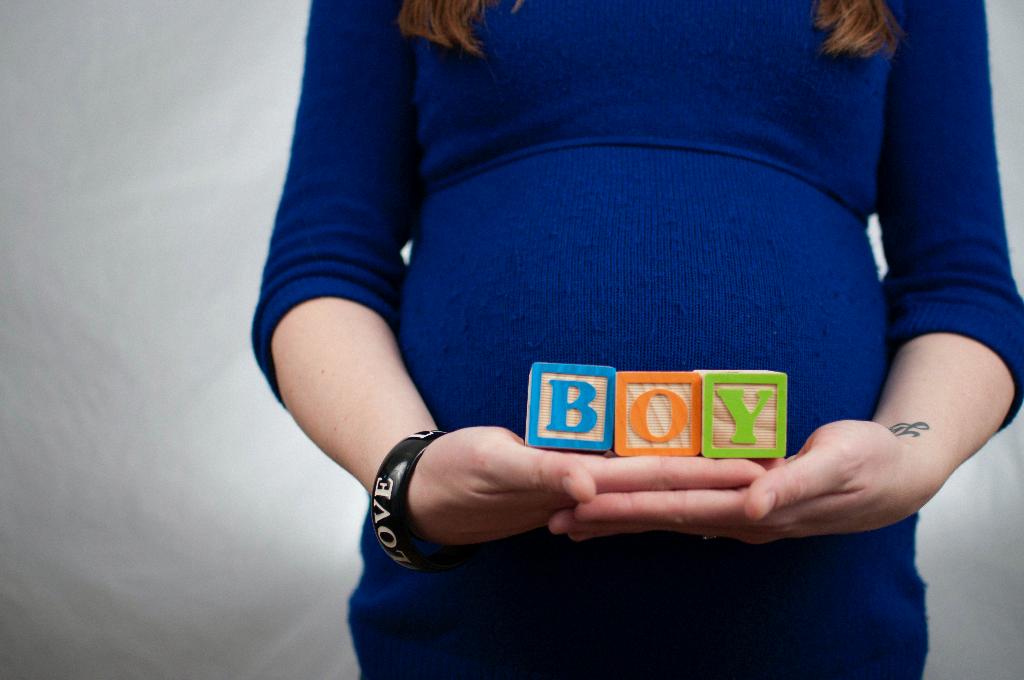Postpartum Pruritic Urticarial Papules and Plaques of Pregnancy (PUPPP) is a dermatosis that typically occurs during pregnancy, but it can also manifest in the postpartum period, although this is relatively rare. The condition presents as an itchy rash with red bumps and hives that develop primarily on the abdomen.
Many women who develop PUPPP during pregnancy experience relief soon after giving birth. However, some women may continue to experience symptoms, and in those cases, proper management and treatment are essential to alleviate discomfort and promote healing.
The exact cause of PUPPP remains unknown, but it is believed to be related to the stretching of the skin during pregnancy. Hormonal changes and possibly genetic factors may also play a role in the development of this condition. The intense itching associated with PUPPP can cause significant distress to affected individuals.
When it comes to managing PUPPP after pregnancy, conservative approaches are often the first line of treatment. This includes the use of topical corticosteroids to reduce inflammation and itching, as well as oral antihistamines to help control symptoms. These measures can provide relief for many women.
In more severe cases of PUPPP, where the itching and rash are particularly bothersome and not adequately controlled with conservative measures, systemic corticosteroids may be prescribed. These medications can help to quickly alleviate symptoms and improve the overall condition of the skin.
It is important for women who are dealing with PUPPP after pregnancy to consult with a healthcare provider for proper diagnosis and treatment. A healthcare professional can assess the severity of the condition and recommend an appropriate management plan based on individual needs.
While PUPPP after pregnancy can be uncomfortable and distressing, the good news is that the condition typically resolves on its own within a few weeks to a few months. Most women can expect the rash and itching to gradually improve over time, although proper care and treatment can help expedite the healing process.
For women who are breastfeeding, it is important to discuss treatment options with a healthcare provider to ensure that any medications prescribed are safe for both the mother and the baby. In most cases, topical treatments are considered safe to use during breastfeeding.
Self-care measures such as avoiding harsh soaps and hot water, wearing loose-fitting clothing, and applying cool compresses to the affected areas can also help alleviate symptoms of PUPPP after pregnancy. Maintaining good skin hygiene is key in preventing further irritation.
Although PUPPP after pregnancy can be frustrating to deal with, knowing that it is a temporary condition that typically resolves with time can provide some comfort to women experiencing the symptoms. Seeking support from healthcare professionals and loved ones can also be beneficial in managing the condition.
Overall, while PUPPP after pregnancy may present challenges, understanding the nature of the condition and following appropriate treatment recommendations can help women navigate this period with greater ease. With the right care and support, most women can expect to see improvement in their symptoms and ultimately recover from PUPPP.
In conclusion, PUPPP after pregnancy is a dermatological condition that, while uncommon, can cause discomfort and itching for some women. By seeking proper medical guidance, utilizing conservative treatments, and practicing self-care techniques, women can effectively manage the symptoms of PUPPP and support their overall skin health during the postpartum period.

